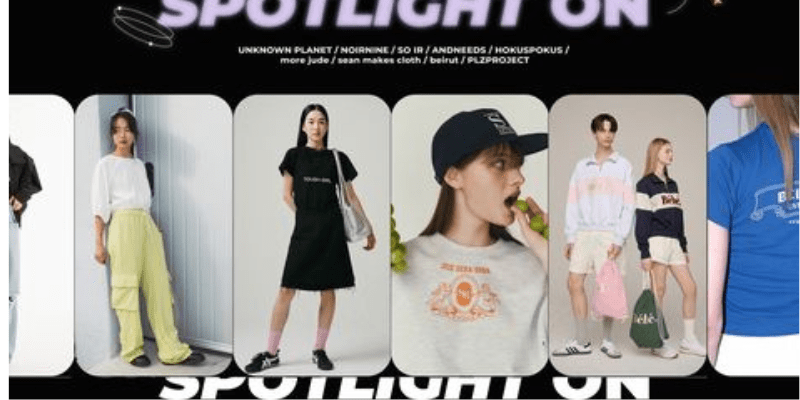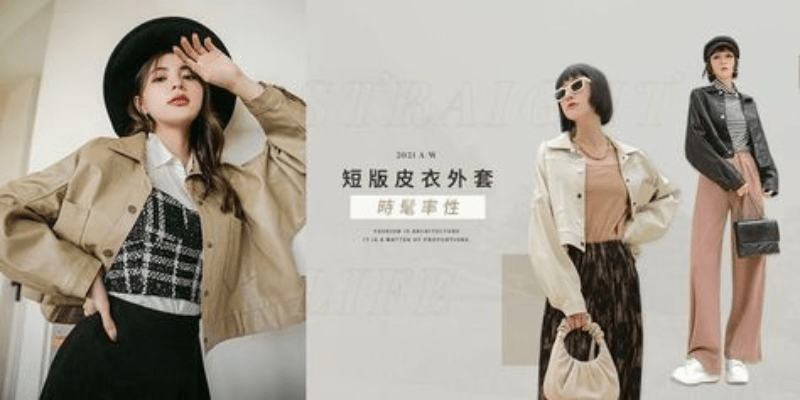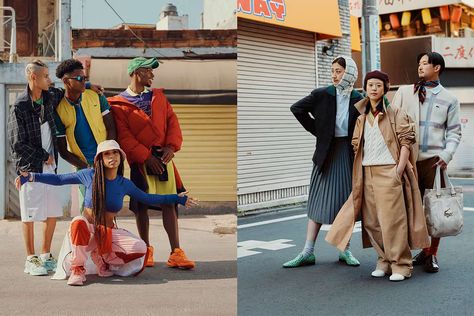Street Style Fashion reflects individuality and creativity, blending casual and edgy elements. It thrives on urban culture, showcasing bold patterns, unique accessories, and trend-setting looks that inspire global fashion.
The Origins of Street Style Fashion
Street style fashion is more than just a trend; it is a cultural phenomenon that captures the essence of individuality, creativity, and urban lifestyle. Rooted in the streets of major fashion capitals like New York, Tokyo, Paris, and London, this style has transcended boundaries, inspiring people worldwide to showcase their unique identities through clothing. In this article, we explore the evolution, key elements, and influence of street style fashion in the modern era.
Street style fashion emerged from subcultures such as punk, hip-hop, and skateboarding during the late 20th century. Unlike traditional high fashion, street style reflects the unfiltered, raw expressions of youth and marginalized communities. Over time, it has become a melting pot of influences, blending music, sports, and counterculture movements. From hip-hop’s baggy pants and bold accessories to punk’s rebellious leather jackets and distressed denim, street style has evolved into a powerful medium for self-expression.

Key Elements of Street Style Fashion
One defining characteristic of street style fashion is its eclectic and unpredictable nature. It emphasizes layering, where textures, colors, and patterns come together to create dynamic and functional looks. Sneakers have become statement pieces, often the focal point of an outfit, ranging from limited-edition collaborations to high-end designer creations. Bold graphics and logos on tees, hoodies, and jackets allow wearers to make personal and cultural statements, while oversized silhouettes bring a sense of comfort and non-conformity to the fashion world.
The Influence of Social Media
Social media has played a pivotal role in shaping and spreading street style fashion. Platforms like Instagram, TikTok, and Pinterest enable influencers, photographers, and everyday individuals to showcase their unique outfits, inspiring millions to experiment with their wardrobes. Popular hashtags such as #StreetStyle and #OOTD (Outfit of the Day) have created global communities of fashion enthusiasts, while street style photography during fashion weeks has highlighted candid, everyday moments that influence designers and high-end brands.
The Fusion of Street Style and High Fashion
In recent years, the lines between street style and high fashion have blurred. Luxury brands such as Gucci, Balenciaga, and Louis Vuitton have embraced streetwear aesthetics, collaborating with iconic labels like Supreme and Off-White. This fusion has led to the integration of sneakers, hoodies, and graphic designs into high-fashion collections. Limited-edition drops have created a buzz among fashion enthusiasts, making street style a significant influence on modern luxury markets.

Sustainability in Street Style Fashion
Sustainability is another vital aspect reshaping street style fashion. With growing environmental concerns, thrifted and vintage pieces are becoming central to the movement, promoting a circular fashion economy. Customization and upcycling have also gained popularity, as individuals transform old garments into unique creations. Brands are stepping up by using sustainable materials, ethical manufacturing processes, and advocating for slow fashion to encourage quality over quantity.
Iconic Figures in Street Style Fashion
Several figures have left a lasting mark on street style fashion. Virgil Abloh, the founder of Off-White and former artistic director of Louis Vuitton’s menswear, was a visionary who merged high fashion with street culture. Rihanna’s daring and trendsetting outfits seamlessly blended luxury and streetwear, while Kanye West popularized athleisure with his Yeezy sneakers. A$AP Rocky’s experimental approach to mixing high fashion and streetwear has made him a style icon for many.
Global Variations in Street Style
Street style fashion varies across the globe, reflecting local cultures and climates. Tokyo is renowned for its avant-garde and Harajuku-inspired looks, blending traditional Japanese elements with modern trends. New York embodies effortless cool, heavily influenced by hip-hop and urban culture. Paris adds a chic twist to streetwear, often incorporating classic pieces with modern details, while Seoul’s bold colors, oversized fits, and K-pop-inspired styles dominate its street fashion scene.

Tips for Embracing Street Style Fashion
To incorporate street style into your wardrobe, start by experimenting with different styles, patterns, and textures. Invest in versatile sneakers that can elevate any outfit and accessorize boldly with hats, bags, or jewelry to add personality. Shopping sustainably at thrift stores and vintage shops can help you find one-of-a-kind pieces that align with the movement’s eco-conscious values. Finally, stay inspired by following influencers and exploring social media platforms for fresh ideas.
Conclusion
Street style fashion is a celebration of creativity, culture, and individuality. Its evolution from subcultures to mainstream popularity highlights its universal appeal. Whether you are drawn to bold graphics, oversized silhouettes, or sustainable pieces, street style encourages everyone to express themselves fearlessly. Embrace the streets as your runway and let your outfit tell your story.


